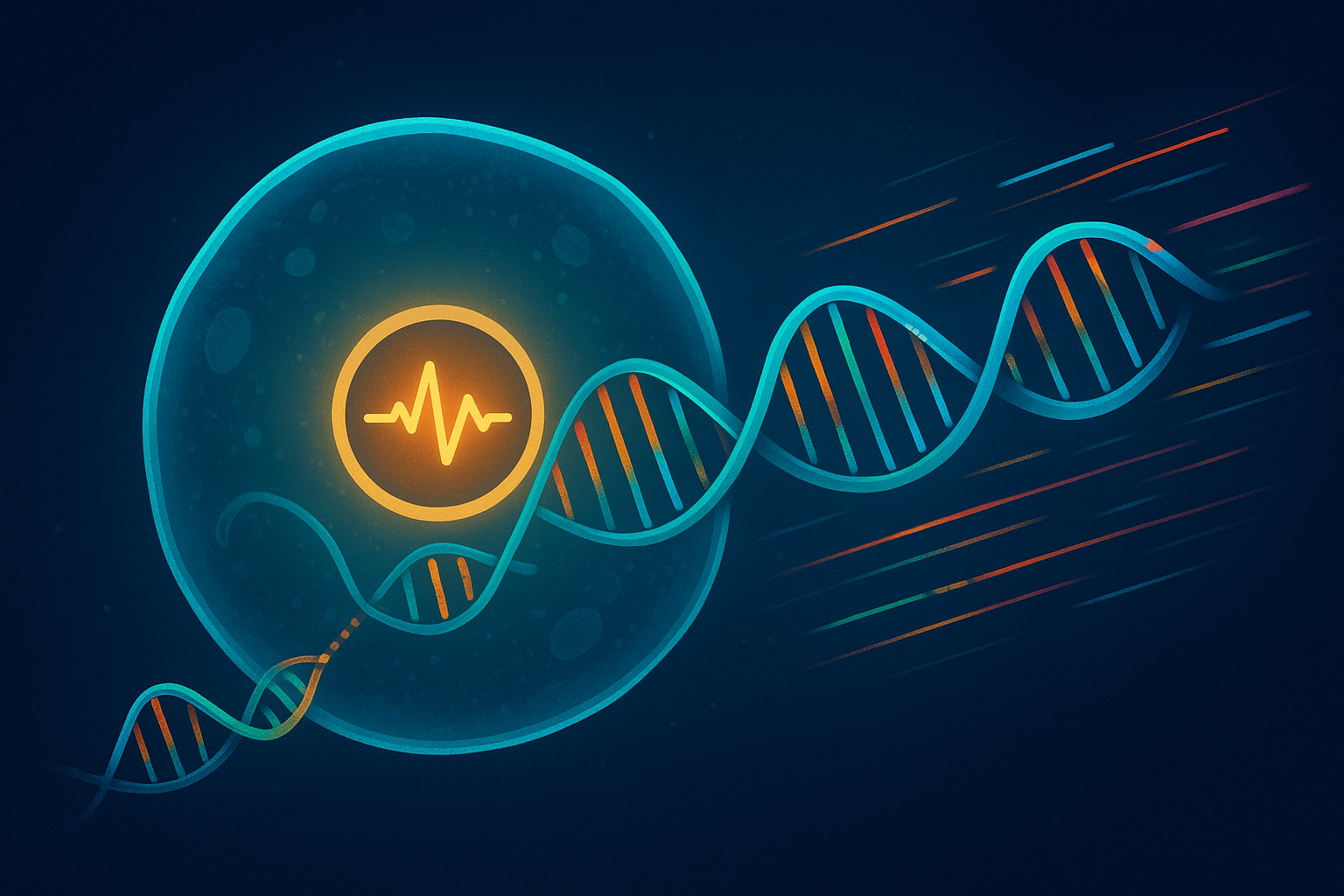Highlights
- New DNA-based recording tools let cells log the signals they receive and the decisions they make in real time.
- CRISPR–Cas9 lineage tracing revolutionized how scientists track cell development and disease progression.
- Next-generation editors like base editors and prime editors record events without damaging DNA.
- Applications range from mapping embryonic development to studying cancer metastasis and even monitoring gut health with engineered bacteria.
- The field is still in its early stages, but researchers see transformative potential for medicine and biology.
TLDR
A Nature feature by Elie Dolgin explores how DNA-recording technologies are turning cells into living “black boxes.” By capturing cellular histories — from development to disease — these tools promise to reveal previously invisible biological processes.
The Quest to Uncover Cellular Histories
Cells live busy lives — dividing, migrating, responding to their environment — yet by the time scientists study them in the lab, much of that story is lost. Traditional approaches offer only static snapshots, like trying to reconstruct a movie from its final frame.
New technologies now let researchers capture the narratives of cells as they unfold. Using molecular recorders embedded in DNA, scientists can log cellular signals, track cell lineage, and even time-stamp crucial decisions, revealing how cells evolve over hours, days, or even months.
From Early Memory Devices to CRISPR
The idea of storing data in DNA isn’t new. In 2003, Jay Shendure and George Church proposed a “nucleic acid memory device,” but sequencing technology was not yet advanced enough to make it practical.
The breakthrough came in 2016 with GESTALT (genome editing of synthetic target arrays for lineage tracing), pioneered by Shendure and colleagues. By using CRISPR–Cas9 to create unique DNA “barcodes” in cells as they divide, researchers could reconstruct cellular family trees in organisms such as zebrafish and mice.
This method revealed hidden dynamics in cancer metastasis and reshaped understanding of how blood cells develop.
Next-Generation Editors Bring Precision
While powerful, CRISPR–Cas9 has limitations. Because it cuts DNA, it can damage cells and eventually erases the very records it creates.
To address this, researchers now use base editors and prime editors, which alter or insert DNA sequences without making double-stranded breaks. These tools can log gene expression bursts, signaling events, and even the order of molecular interactions, providing much richer, safer, and longer-lasting cellular diaries.
Synthetic biologists such as Junhong Choi and Theresa Loveless have shown that prime editors can be tied to specific cellular signals, allowing multiple events to be recorded chronologically — like adding tracks to a molecular “multitrack recorder.”
Beyond DNA: Alternative Approaches
Not all cellular recorders rely on DNA. Some researchers use protein-based systems that build fluorescent molecular chains in response to gene activity, providing spatial context that DNA sequencing usually loses.
Others, like Amjad Askary, combine imaging and genetic barcoding, enabling scientists to visualize cellular histories in intact tissues. These complementary approaches expand the toolkit for probing biology’s most complex processes.
Real-World Applications
Cellular recorders have already revealed:
- How certain cancer cell clones become dominant and spread.
- Unrecognized developmental pathways in mouse embryos.
- Molecular responses of engineered bacteria as they travel through the gut.
These technologies could eventually lead to sentinel cells that patrol the body, logging early signs of disease that doctors can later retrieve and interpret — potentially transforming diagnostics and treatment.
Challenges Ahead
Despite the excitement, practical medical applications remain mostly conceptual. The tools need to become more reliable, scalable, and affordable. Ethical considerations about engineering cells to record personal biological data also loom large.
Still, with significant investment — such as the new Seattle Hub for Synthetic Biology, funded with over $80 million — researchers believe the field is on the cusp of breakthroughs that will turn cellular recorders into indispensable tools for both research and healthcare.
Source: Dolgin, E. (2025). Molecular ‘black boxes’ reveal cellular secrets. Nature. https://doi.org/10.1038/d41586-025-03035-2

